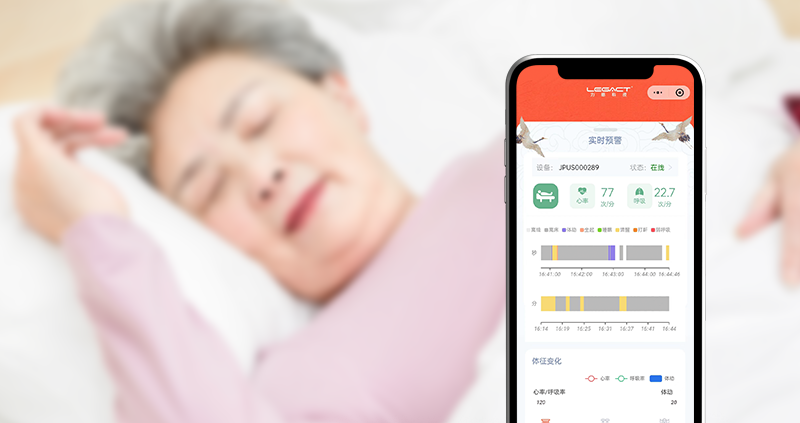As people increasingly focus on health and quality of life, sleep monitoring products are becoming essential in modern households. Thin-film pressure sensors, with their high sensitivity, flexibility, low cost, and easy integration, are being widely applied in sleep monitoring products. This article explores the specific applications and advantages of thin-film pressure sensors in sleep monitoring products.
Working Principle of Thin-Film Pressure Sensors
Thin-film pressure sensors are made from flexible materials, typically comprising two conductive films separated by an insulating layer. When external pressure is applied to the film, the distance between the films changes, leading to a change in electrical resistance. The sensor detects the change in resistance to measure the magnitude and distribution of pressure, thereby monitoring body movements and posture.
Advantages of Thin-Film Pressure Sensors in Sleep Monitoring Products
- High Sensitivity: Thin-film pressure sensors can accurately detect minute pressure changes, capturing subtle movements during sleep such as turning over, breathing, and heartbeat. This is crucial for accurately monitoring sleep quality and status.
- Flexibility and Comfort: The flexible material of the sensor can perfectly conform to the surface of the mattress without compromising comfort, ensuring that users are monitored without any sensation.
- Low Cost: The low manufacturing cost of thin-film pressure sensors makes sleep monitoring products more affordable and widely accessible.
- Easy Integration: Thin and lightweight, thin-film pressure sensors are easy to install, either embedded within the mattress or attached to its surface, without requiring complex installation processes.
Specific Applications of Thin-Film Pressure Sensors in Sleep Monitoring Products
- Posture Monitoring: By placing thin-film pressure sensors within or on the surface of the mattress, users’ sleep postures can be monitored in real-time. The sensors can record the number and timing of turns, helping to analyze posture changes during sleep and their impact on sleep quality.
- Breathing and Heart Rate Monitoring: High-sensitivity thin-film pressure sensors can detect minute pressure changes to monitor users’ breathing rates and heart rates. This is crucial for early detection of sleep disorders such as sleep apnea.
- Sleep Stage Analysis: By analyzing data from pressure sensors, it is possible to determine users’ sleep stages (such as light sleep, deep sleep, and REM sleep) and provide comprehensive sleep quality reports. This helps users understand their sleep structure and take measures to improve sleep quality.
- Personalized Sleep Recommendations: Based on the analysis of sensor data, sleep monitoring products can provide personalized sleep recommendations, such as optimizing the sleep environment and adjusting sleep posture, to help users achieve better sleep.
Future Prospects
The future of thin-film pressure sensors in sleep monitoring is promising with continuous technological advancements. The sensitivity and reliability of sensors will further improve, and with the integration of artificial intelligence and big data analysis, sleep monitoring products will offer more intelligent and personalized services.
Moreover, innovations in sensor technology may expand to more applications, such as combining with other types of sensors to monitor environmental factors like temperature, humidity, and noise, thereby fully optimizing the sleep environment.
Conclusion
The application of thin-film pressure sensors in sleep monitoring products offers innovative solutions for improving sleep quality. Their high sensitivity, flexibility, low cost, and easy integration make them advantageous in posture monitoring, breathing and heart rate monitoring, sleep stage analysis, and personalized sleep recommendations. As technology continues to advance, thin-film pressure sensors will bring more possibilities to sleep monitoring products, providing stronger support for users’ health and quality of life.


